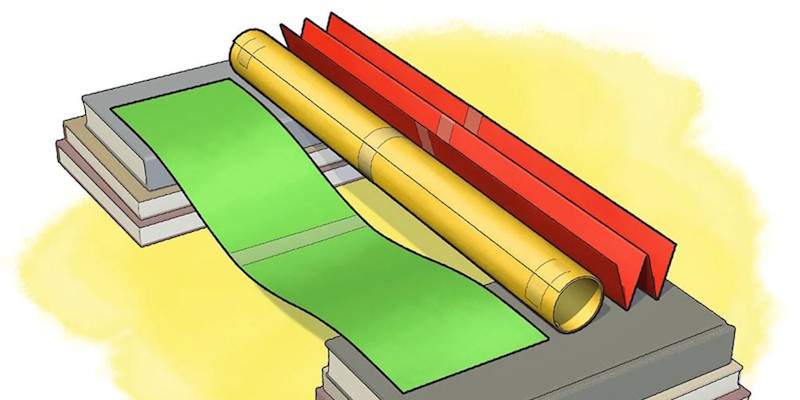What makes a bridge strong enough to hold cars, trains, or even entire buildings above it? From ancient Roman arches to modern structures like the Bandra–Worli Sea Link, bridges have always combined clever design with careful problem solving. In this activity you will explore how shape and structure can make even simple materials strong. You will use a few sheets of paper to build and test your own bridge.
Problem Statement
Challenge
Your task is to build a paper bridge that spans a distance of 20 cm and is at least 4 cm wide. You can use a maximum of three A4 size papers. You may fold, roll, twist, cut, or layer the papers in any way you like. You can also use tape or glue only to keep the paper in place, not to create extra support.
Here are some things you can experiment with:
-
Try shapes like tubes, beams, or accordion folds (fan fold).
-
See how layering or doubling certain parts changes the strength.
-
Test whether a wider bridge carries more weight.
-
Think about how real bridges use arches, trusses, or pillars and try simple versions with paper.
You are free to test a couple of designs before you make your final bridge. You may or may not use all three sheets.
Testing Your Design
Place your bridge across a 20 cm gap. The bridge must be freestanding and cannot be taped to the supporting surfaces. You can create this gap in several simple ways. You can place two thick books on a table and adjust the space between them. You can use two identical paper cups or small boxes. You can also build two stacks of wooden blocks or Lego bricks and set them 20 cm apart. Any stable setup will work.
Start adding weight slowly. You can use coins, erasers, or any small objects that are easy to stack. Add weight one item at a time and notice what happens. Observe where the bridge bends first. Check whether certain shapes stay firm while others sag. Record how much weight your bridge held before it collapsed or showed major bending.
Reflect and Discuss
-
Which design held the most weight and what feature made it work well?
-
How did folding, rolling, or layering the paper change its strength?
-
What would you change if you had to rebuild the bridge with the same materials?
-
The strength to weight ratio tells you how much weight your bridge can hold compared to how much the bridge itself weighs. A higher ratio means your bridge carries more load for every gram of its own weight. Calculate this by dividing the maximum weight your bridge could hold by the weight of the bridge.

